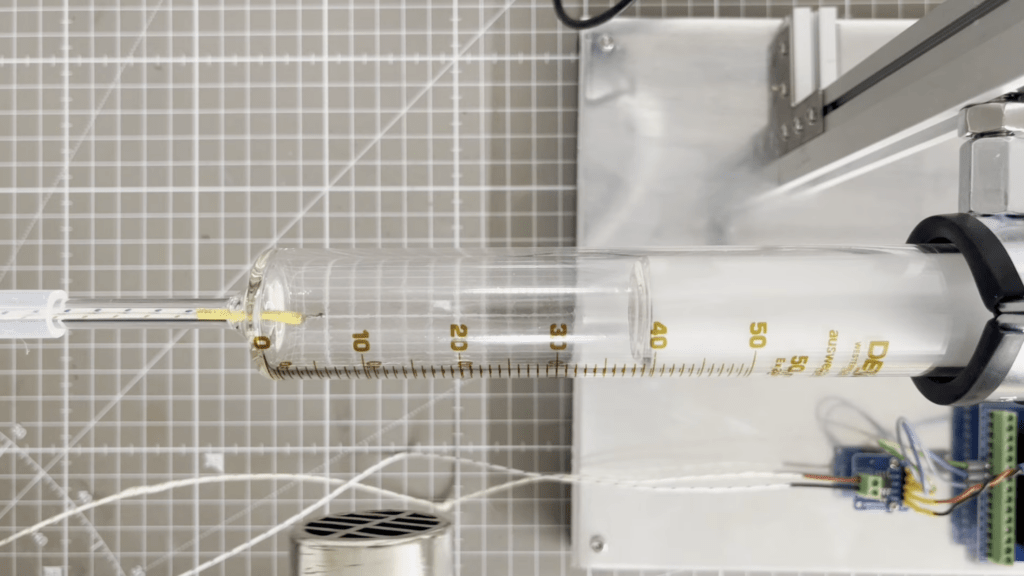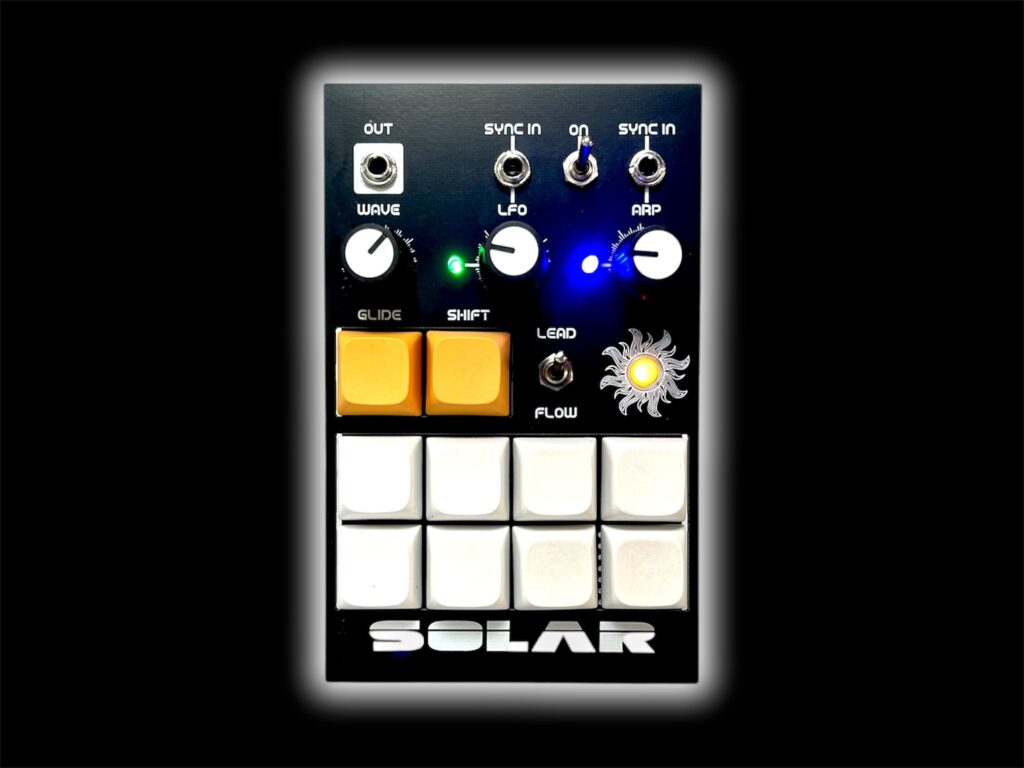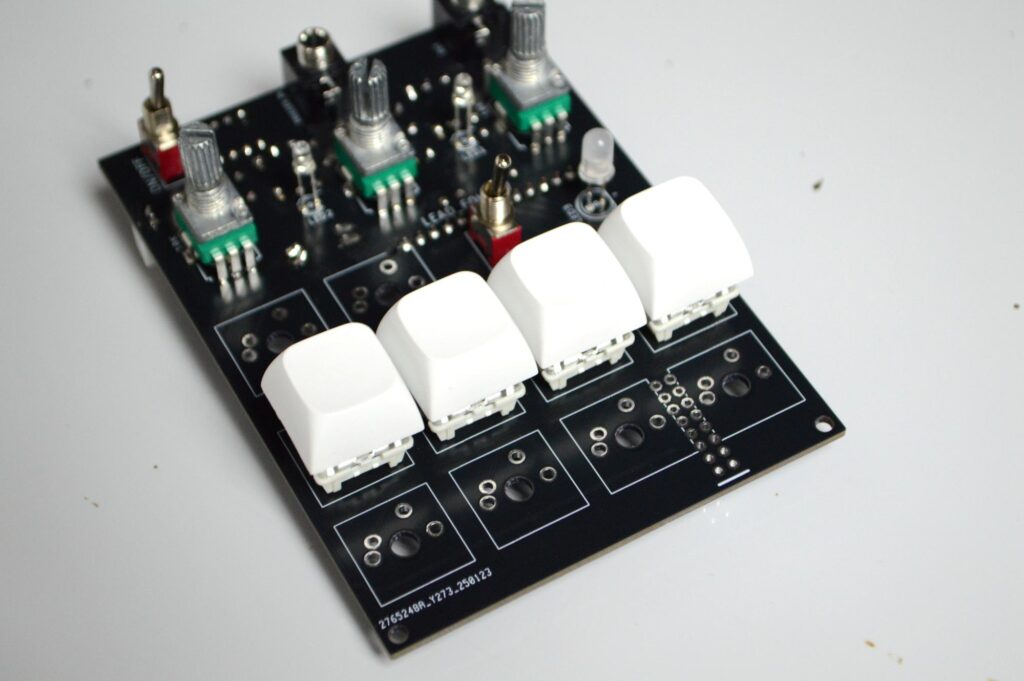
How can we ever really know anything? If you listen to the anti-science types, you might believe that we can’t. But if you get past Plato’s Allegory of the Cave, you can start identifying basic truths, through logic and experiments, on which to build upon. One important foundational building block is absolute zero. Most of us take scientists at their word about where that is relative to temperatures we can comprehend, but Marb built this machine to find it for himself through experimentation.
In the real world, nobody can physically bring anything down to absolute zero. It is a bit like Zeno’s Dichotomy Paradox — you can’t reach zero, because there isn’t anything cooler than the thing you’re cooling, so you just keep getting closer. But it is possible to get really close and that’s why Marb did here.
The experiment works by expanding gas as much as is feasible, reducing the average energy in any given volume and resulting in cooling…on average. If you’ve ever used canned air to clean a dirty keyboard, you’ve experienced that effect yourself.
But Marb didn’t have a way to expand gas enough to get anywhere close to absolute zero. Instead, he needed a way to develop a mathematical function to estimate the value.
To achieve that, he used a glass syringe (meant for gasses), a hot air gun, a thermocouple with amplifier, and a time-of-flight sensor from Adafruit. An Arduino Nano board took measurements from those. It measured the temperature and the plunger position in pairs while Marb heated the syringe. Using those values, Marb was able to calculate the gas volume for each given temperature.
From there, estimating absolute zero was a matter of finding a function that fits the measured values and extrapolating it out to zero.
The post This machine helps to experimentally find an estimation of absolute zero appeared first on Arduino Blog.

